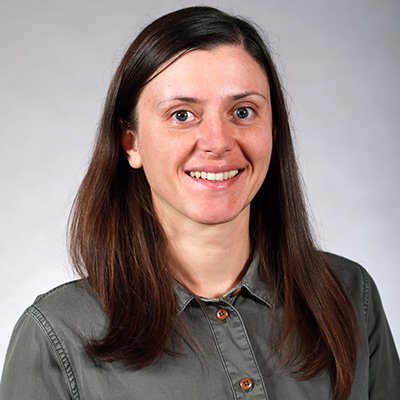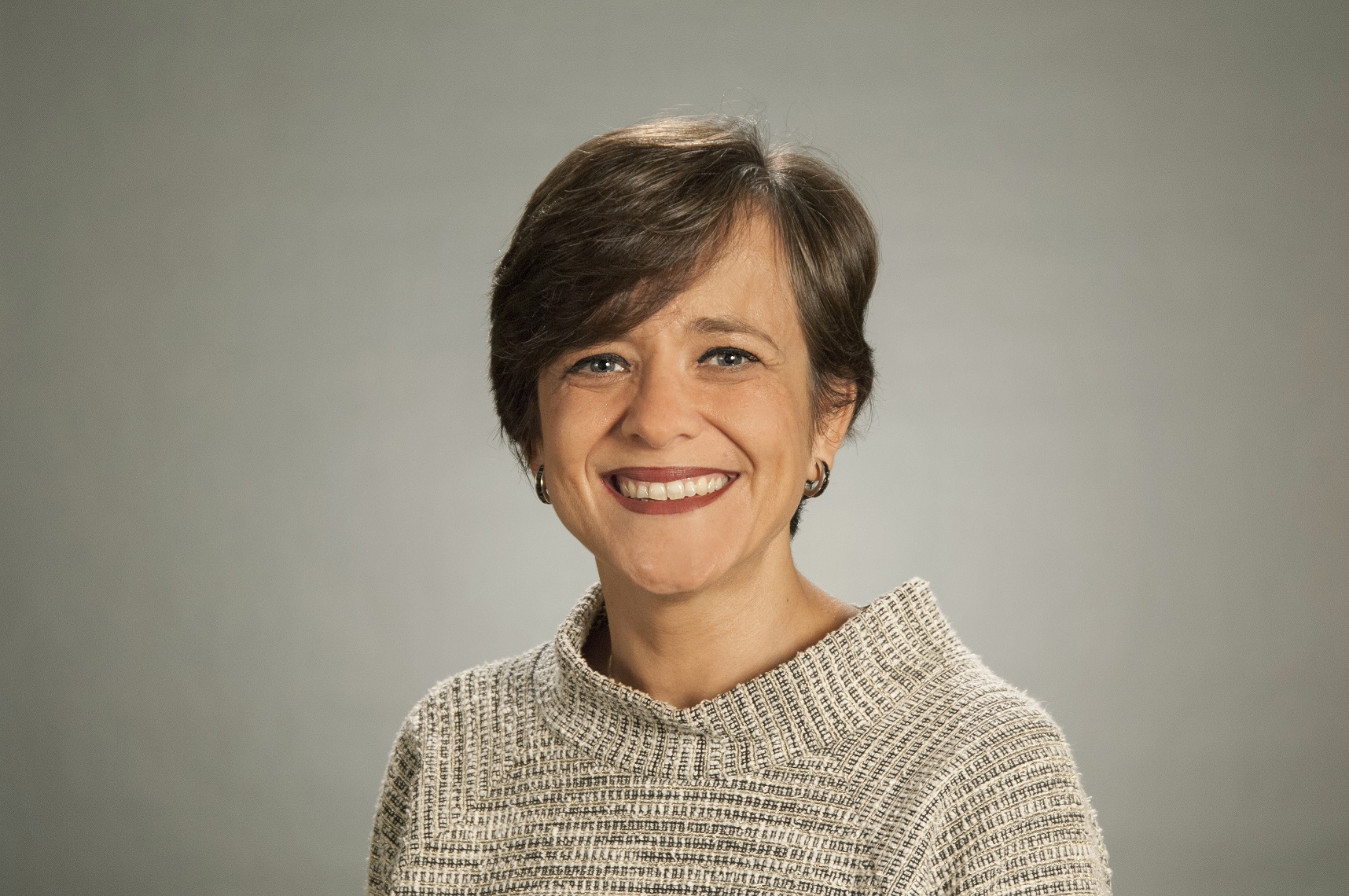Integrating Heterogeneous Wide-Area Networks and Advanced Data Science to Bridge the Digital Divide in Rural Emergency Preparedness and Response
This Smart and Connected Communities (SCC) project will conduct innovative research in network architectures and protocols to allow emergency responders in rural areas to use TV white space, WiFi and pocket-switching for communications in areas where mobile broadband are scarce to non-existent. With this new knowledge, this project can develop and implement a framework for information exchange for emergency responders in rural communities. This scientific research contribution thus supports NSF's mission to promote the progress of science and to advance our national welfare with benefits that contribute to the safety and social and economic revitalization of rural communities. Generalizability of results is expected in relation to other rural contexts and policy domains (e.g., law enforcement and health). Research components and key results will be incorporated in existing and new undergraduate and graduate courses, demonstrating the positive impact of interdisciplinary research and promoting the core disciplines to diverse groups of students.
The goal of this project is to develop, implement, and systematically analyze a comprehensive framework and a multi-layer platform for timely information collection, integration, exchange and dissemination to support EPR in rural communities. This goal will be met through three primary activities. First, the project will develop a heterogeneous network architecture and corresponding protocols that leverage wide-area wireless backhaul over TV white spaces, WiFi and pocket-switching to provide (i) continuous communication to first responders and (ii) delay-tolerant information access to residents. In addition, the project will design a smartphone app which will support the collection of information from different sources and its exchange among first responders, government agencies and residents. Second, the mobility patterns and network availability collected will enable the development of a dynamic probabilistic community network model. Novel graph-theoretic algorithms will identify information-depleted sub-communities and inform optimal information dissemination strategies. Finally, the project will assess adoption and use of the technologies by various community members to maximize the benefits associated with timely, rich and high-quality information, disseminated through technological devices. Continuous community engagement activities for data provisioning, app design, impact co-evaluation and path to sustainability of the project are key factors for success. The framework will be co-designed and piloted in collaboration with the Town of Thurman, NY. Transferability to the broader rural context will be assessed by engaging two additional rural communities in coordination with Microsoft's Airband initiative.
-
Performance PeriodSeptember 2018 - August 2024
-
SUNY at Albany
-
Award Number1831547
-
 Lead PIMariya Zheleva
Lead PIMariya Zheleva -
Co-PIPetko Bogdanov
-
 Co-PIMila Gasco Hernandez
Co-PIMila Gasco Hernandez -
Co-PIJose Gil-Garcia
Project Material
- Multi-Dictionary Tensor Decomposition
- Cross-Boundary Information Sharing Flows in Emergency Management:: Proposing a Conceptual Framework
- Mining Bursty Groups from Interaction Data
- AURORA: A Unified fRamework fOR Anomaly detection on multivariate time series.
- Temporal Graph Signal Decomposition
- CORE: Connectivity Optimization via REinforcement Learning in WANETs
- Improving Emergency Preparedness and Response in Rural Areas
- Learning Periods from Incomplete Multivariate Time Series
- Period Estimation For Incomplete Time Series
- Protecting location privacy from untrusted wireless service providers
- Exploiting Self-Similarity for Under-Determined MIMO Modulation Recognition
- 2021: Integrating Heterogeneous Wide-Area Networks and Advanced Data Science to Bridge the Digital Divide in Rural Emergency Preparedn
- 2022: Integrating heterogeneous wireless networks and advanced data science to bridge the digital divide in rural emergency preparedness and response
- SCC: Integrating Heterogeneous Wide-Area Networks and Advanced Data Science to Bridge the Digital Divide in Rural Emergency Preparedness and Response
- 2021: Integrating Heterogeneous Wide-Area Networks and Advanced Data Science to Bridge the Digital Divide in Rural
Dr. Mariya Zheleva is an Assistant Professor in the Department of Computer Science and Director of the Ubiquitous Networking Laboratory (UbiNET Lab) at the University at Albany. In 2019, she became the recipient of the highly competitive National Science Foundation’s (NSF) Faculty Early Career Development (CAREER) Award. This award came with funding of $510,494 which is being used to develop a framework for spectrum measurement and a long-term, integrated program of research, education and outreach related to spectrum sharing. Dr. Zheleva's CAREER Award came at the heels of another NSF grant of $1.5 million to support her research helping rural communities in Upstate New York to substantially improve emergency preparedness and response. She was also a recipient of a 2019 University at Albany President’s Award for Exemplary Public Engagement for her leadership in closing the connectivity gap in rural communities.